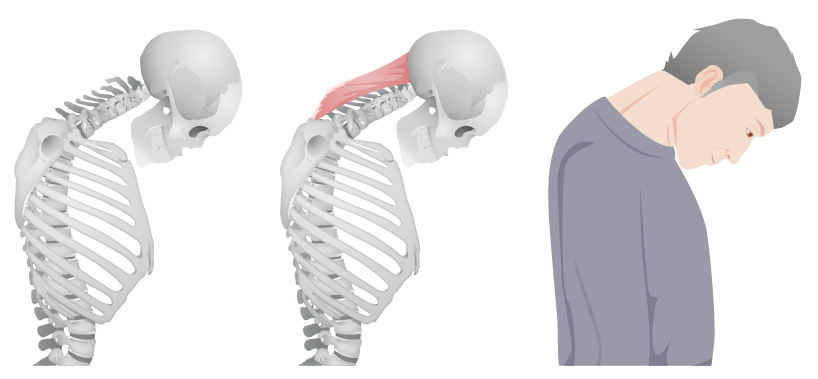Playlist
Show Playlist
Hide Playlist
Polymyalgia Rheumatica (PMR) – Inflammatory Myalgia
-
Slides Inflammatory Myopathies.pdf
-
Download Lecture Overview
00:00 The last condition I want to touch on is something called polymyalgia rheumatica. And I think importantly, this is not a myopathy. I commonly see when teaching students and working in the clinic that students confuse PMR or polymyalgia rheumatica with the other myopathies. 00:20 But importantly, myopathies present with weakness and myalgia syndromes or PMR presents with muscle pain. And I'd like for you to be able to differentiate those two. So, let's look a little bit closer at what PMR is. This is also a chronic inflammatory disorder of unknown cause. 00:40 Patients typically present over the age of 50, classically with elevated ESR, elevated inflammatory enzymes, the sedimentation rate more than 50. The presentation is proximal myalgias which means proximal muscle pain, not weakness, which differentiates this condition from things like polymyositis and dermatomyositis. Patients may have morning stiffness, rheumatologic complaints because this is a type of rheumatologic condition. There are elevated circulating inflammatory markers like the sedimentation rate or ESR and C-reactive protein or CRP. And again, these enzymes are indicative of systemic inflammation not the type of muscle inflammation that we see with poly- and dermatomyositis where there is elevation in CK. 01:28 Management is also corticosteroids because this is an immune-mediated condition. But I think importantly, when we're evaluating patients for a myopathy like poly- and dermatomyositis, we're not going to put polymyalgia rheumatica on our differential diagnosis. And likewise, if a patient presents with muscle pain and we are concerned for polymyalgia rheumatica, polymyositis and dermatomyositis are unlikely to be on the differential because the patient has muscle pain and not weakness. So, it's important to be able to differentiate myopathies from myalgias, and PMR is a good example of this.
About the Lecture
The lecture Polymyalgia Rheumatica (PMR) – Inflammatory Myalgia by Roy Strowd, MD is from the course Acquired Neuromuscular Diseases.
Included Quiz Questions
Which of the following clinical features is associated with polymyalgia rheumatica?
- Morning stiffness
- Proximal muscle weakness
- Elevated levels of creatinine kinase
- Muscle atrophy
- Dysphagia
Customer reviews
5,0 of 5 stars
| 5 Stars |
|
5 |
| 4 Stars |
|
0 |
| 3 Stars |
|
0 |
| 2 Stars |
|
0 |
| 1 Star |
|
0 |





